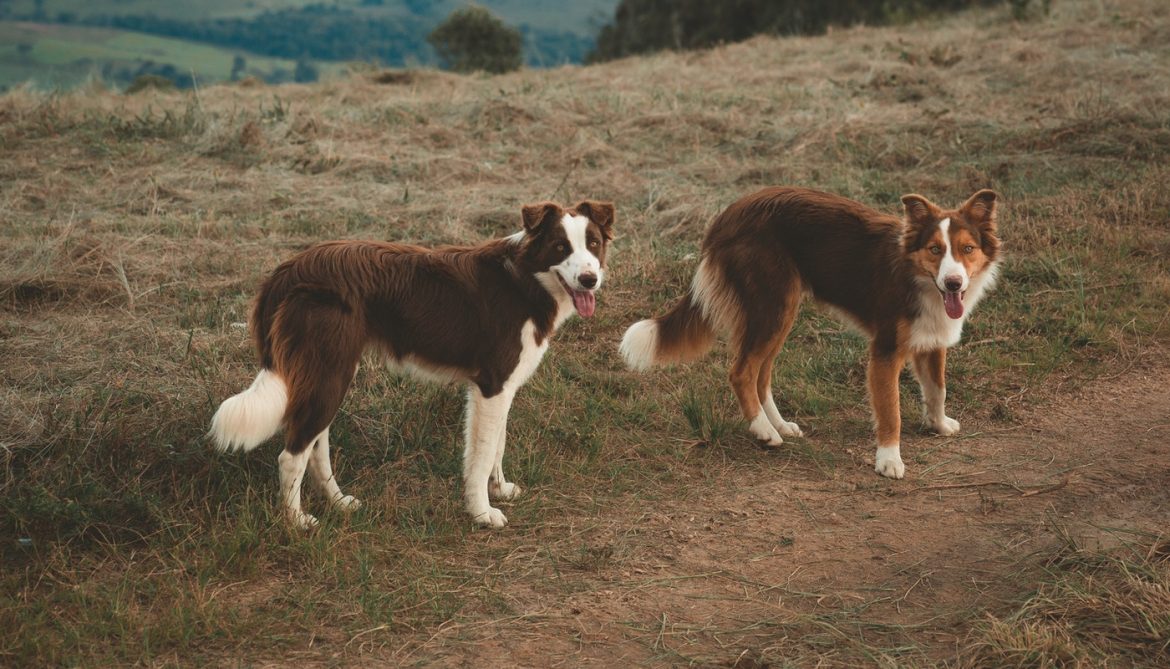Spaying is the removal of the uterus and ovaries (all or in some combinations of these) of female dogs so that the dog (or cat) is unable to get pregnant and give birth. Today we’re going through the what, when and why of spaying.
How is it done?
Spaying is a surgery, where the abdomen is opened to remove the organs. There are three ways it can technically be done. The uterus and both ovaries can be removed, or just the uterus and one ovary, or just the uterus. All three leave the animal unable to give birth. Although the practice of leaving in an ovary (or two) was common earlier, it’s now recommended to take off all three, and is the way it’s done in almost all veterinary practices.
Why should I get my dog spayed?
First off, let’s understand what happens after every heat cycle. Once your dog has finished her heat period, it doesn’t matter whether she’s been mated or not, her body will behave as if she is pregnant. This means that she will go through all the hormonal changes as if she was actually pregnant. This is normal, and just how dogs’ bodies work. Now, this wouldn’t have been an issue if she was having a litter every heat, but for most of our pets, this is neither practical nor even possible, for various reasons.
Due to these hormones, the lining of the uterus keeps growing and growing every cycle. The glands in the uterus also secrete substances that are ideal for a foetus to grow. Unfortunately, this means that it’s a great place for bacteria as well. Bacteria eventually find their way into the uterus, and this leads to a condition known as pyometra, where pus fills up in the uterus. Trust me, this condition shows up sooner or later in all unspayed dogs, it’s only a matter of time. Also, the condition is life threatening as the infection can spread to, and shut down other vital organs.
Also spaying also greatly reduces the risk for some types of cancer, like mammary gland cancer.
When should I get my dog spayed?
Dogs can be spayed at any age, even before the first heat, and whether it’s done before or after the first heat is usually the preference of the surgeon. If the dog is being spayed anytime after the first heat, the ideal time would be around four months after her heat period, or two months after she has given birth. This is to allow time for her body (and her hormones) to settle down after heat. Spaying during the heat period is never recommended as there can be more severe bleeding (and other complications) during the surgery.
How do I prepare for the surgery?
Talk to both your main veterinarian and also the surgeon who’s going to be doing the surgery, so they can talk to you about pre and post operative care. It’s always wise to put an E-collar (also known as a cone) on them for about a week after surgery to stop them from pulling out all their stitches (trust us, they will).
Spaying is one of the biggest services we can do for our pets, considering all the health and practical benefits that it brings.
,

